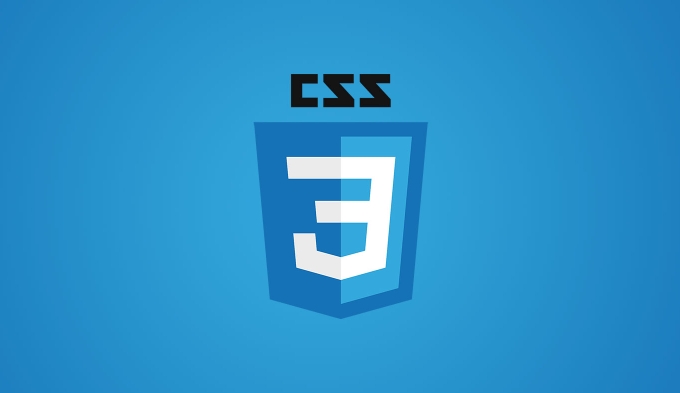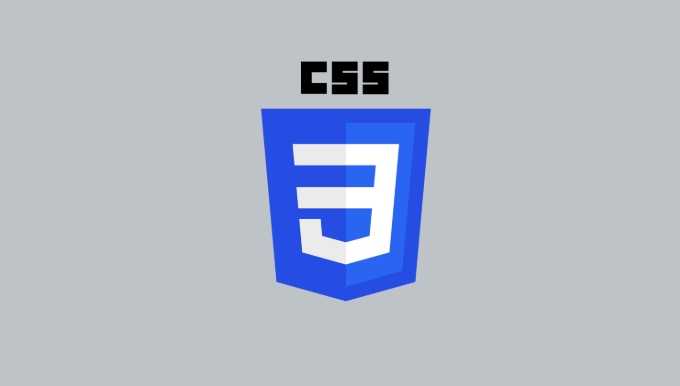How to use the * universal selector correctly in CSS Selectors?
Jun 29, 2025 am 01:29 AMWhen using * general-purpose selector, its scope of action and performance impact should be clarified. It is often used to reset the default style (such as clear margins, fill), debug layouts, or unify global styles (such as fonts, transitions), but abuse can lead to style conflicts or performance degradation. Since it matches all elements, adding complex properties (such as box-shadow) will slow down rendering, especially in large projects. Additionally, there may be compatibility issues in dynamically loading content or in older browsers. To improve accuracy, it can be used in combination with pseudo-classes or attribute selectors, such as excluding specific classes or restricting child element style inheritance. The key to using * well is "less is more", and prioritizes more specific selectors to avoid unnecessary coverage.

When using * general-purpose selector, it is key to understand its scope of action and performance impact. It matches all elements in the document, and while flexible, abuse can lead to style conflicts or page performance degradation.

Clarify usage scenarios
* Usually used in the following situations:

-
Reset the default style : such as clearing margins and padding of all elements.
* { margin: 0; padding: 0; box-sizing: border-box; } Debugging purpose : Temporarily highlight all elements and view the layout structure.

Global style control : such as unified font setting, transition effects, etc.
But in most cases, more specific selectors should be preferred to avoid unnecessary style overwrites on all elements.
Pay attention to performance and compatibility
Although modern browsers are already very efficient in handling * , it still performs style calculations on every element in the page. If you add complex style rules inside, it may affect rendering speed, especially in large projects.
Some things to note:
- Avoid using expensive properties such as
box-shadoworfilterin*. - Do not rely on
*to apply styles on pages where content is loaded dynamically, as new elements may be inconsistent in styles. - In older browsers (such as IE), some styles may not be applied as expected.
Use more accurately with other selectors
Sometimes you don't really need to select "all elements", but instead want to exclude certain elements, or apply styles only for some nested structures. At this time, you can combine pseudo-classes or attribute selectors to enhance control:
*:not(.ignore) {
color: red;
}It can also be used as style isolation for child elements:
.container * {
color: blue;
} In this way, all child elements under .container will inherit blue text without affecting external elements.
Basically that's it. The key to using * is "less is more" - only use it when it really needs to affect all elements, otherwise try to maintain the accuracy of the selector.
The above is the detailed content of How to use the * universal selector correctly in CSS Selectors?. For more information, please follow other related articles on the PHP Chinese website!

Hot AI Tools

Undress AI Tool
Undress images for free

Undresser.AI Undress
AI-powered app for creating realistic nude photos

AI Clothes Remover
Online AI tool for removing clothes from photos.

Clothoff.io
AI clothes remover

Video Face Swap
Swap faces in any video effortlessly with our completely free AI face swap tool!

Hot Article

Hot Tools

Notepad++7.3.1
Easy-to-use and free code editor

SublimeText3 Chinese version
Chinese version, very easy to use

Zend Studio 13.0.1
Powerful PHP integrated development environment

Dreamweaver CS6
Visual web development tools

SublimeText3 Mac version
God-level code editing software (SublimeText3)

Hot Topics
 What is 'render-blocking CSS'?
Jun 24, 2025 am 12:42 AM
What is 'render-blocking CSS'?
Jun 24, 2025 am 12:42 AM
CSS blocks page rendering because browsers view inline and external CSS as key resources by default, especially with imported stylesheets, header large amounts of inline CSS, and unoptimized media query styles. 1. Extract critical CSS and embed it into HTML; 2. Delay loading non-critical CSS through JavaScript; 3. Use media attributes to optimize loading such as print styles; 4. Compress and merge CSS to reduce requests. It is recommended to use tools to extract key CSS, combine rel="preload" asynchronous loading, and use media delayed loading reasonably to avoid excessive splitting and complex script control.
 External vs. Internal CSS: What's the Best Approach?
Jun 20, 2025 am 12:45 AM
External vs. Internal CSS: What's the Best Approach?
Jun 20, 2025 am 12:45 AM
ThebestapproachforCSSdependsontheproject'sspecificneeds.Forlargerprojects,externalCSSisbetterduetomaintainabilityandreusability;forsmallerprojectsorsingle-pageapplications,internalCSSmightbemoresuitable.It'scrucialtobalanceprojectsize,performanceneed
 Does my CSS must be on lower case?
Jun 19, 2025 am 12:29 AM
Does my CSS must be on lower case?
Jun 19, 2025 am 12:29 AM
No,CSSdoesnothavetobeinlowercase.However,usinglowercaseisrecommendedfor:1)Consistencyandreadability,2)Avoidingerrorsinrelatedtechnologies,3)Potentialperformancebenefits,and4)Improvedcollaborationwithinteams.
 CSS Case Sensitivity: Understanding What Matters
Jun 20, 2025 am 12:09 AM
CSS Case Sensitivity: Understanding What Matters
Jun 20, 2025 am 12:09 AM
CSSismostlycase-insensitive,butURLsandfontfamilynamesarecase-sensitive.1)Propertiesandvalueslikecolor:red;arenotcase-sensitive.2)URLsmustmatchtheserver'scase,e.g.,/images/Logo.png.3)Fontfamilynameslike'OpenSans'mustbeexact.
 What is Autoprefixer and how does it work?
Jul 02, 2025 am 01:15 AM
What is Autoprefixer and how does it work?
Jul 02, 2025 am 01:15 AM
Autoprefixer is a tool that automatically adds vendor prefixes to CSS attributes based on the target browser scope. 1. It solves the problem of manually maintaining prefixes with errors; 2. Work through the PostCSS plug-in form, parse CSS, analyze attributes that need to be prefixed, and generate code according to configuration; 3. The usage steps include installing plug-ins, setting browserslist, and enabling them in the build process; 4. Notes include not manually adding prefixes, keeping configuration updates, prefixes not all attributes, and it is recommended to use them with the preprocessor.
 What are CSS counters?
Jun 19, 2025 am 12:34 AM
What are CSS counters?
Jun 19, 2025 am 12:34 AM
CSScounterscanautomaticallynumbersectionsandlists.1)Usecounter-resettoinitialize,counter-incrementtoincrease,andcounter()orcounters()todisplayvalues.2)CombinewithJavaScriptfordynamiccontenttoensureaccurateupdates.
 CSS: When Does Case Matter (and When Doesn't)?
Jun 19, 2025 am 12:27 AM
CSS: When Does Case Matter (and When Doesn't)?
Jun 19, 2025 am 12:27 AM
In CSS, selector and attribute names are case-sensitive, while values, named colors, URLs, and custom attributes are case-sensitive. 1. The selector and attribute names are case-insensitive, such as background-color and background-Color are the same. 2. The hexadecimal color in the value is case-sensitive, but the named color is case-sensitive, such as red and Red is invalid. 3. URLs are case sensitive and may cause file loading problems. 4. Custom properties (variables) are case sensitive, and you need to pay attention to the consistency of case when using them.
 What is the conic-gradient() function?
Jul 01, 2025 am 01:16 AM
What is the conic-gradient() function?
Jul 01, 2025 am 01:16 AM
Theconic-gradient()functioninCSScreatescirculargradientsthatrotatecolorstopsaroundacentralpoint.1.Itisidealforpiecharts,progressindicators,colorwheels,anddecorativebackgrounds.2.Itworksbydefiningcolorstopsatspecificangles,optionallystartingfromadefin







